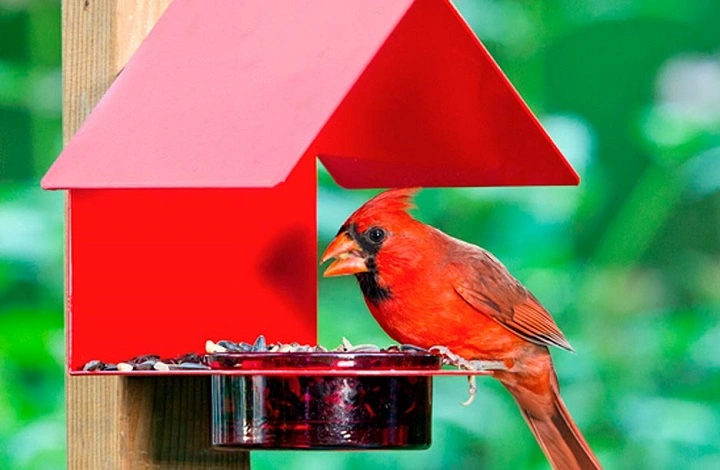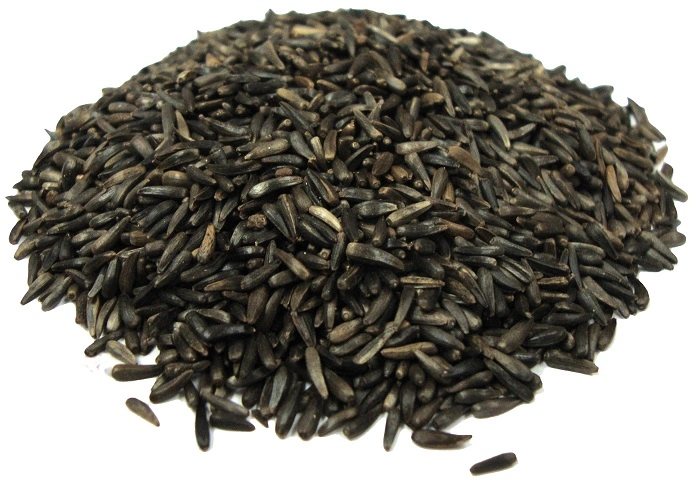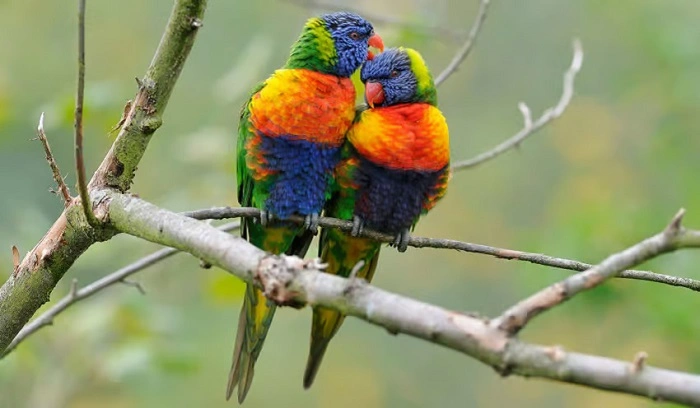If you dream of turning your garden or backyard into a lively hub filled with vibrant, chirping guests, the key lies in offering the right food. Colorful birds aren’t just beautiful to look at—they also bring charm, music, and biodiversity to your surroundings. But not all bird food attracts the same species. To lure those red, yellow, blue, and multicolored flyers, you need to know what they love to eat.
Let’s explore the best bird foods that will help you attract colorful birds to your feeder, along with helpful tips to keep them coming back.
Black Oil Sunflower Seeds
Black oil sunflower seeds are a universal favorite among many wild birds. These seeds have thin shells, making them easy to crack open. They’re rich in oil and offer excellent nutrition for birds of all sizes.
Birds attracted: Cardinals, goldfinches, chickadees, grosbeaks, nuthatches, and blue jays.
Pro tip: Offer them in tube feeders, platform feeders, or hopper feeders. Make sure to keep the seed fresh and dry to avoid mold.
Nyjer (Thistle) Seeds
Nyjer seeds are small and lightweight but packed with energy. Though tiny, they are incredibly rich in oil and are especially beloved by small finches.
Birds attracted: American goldfinches, pine siskins, redpolls, and other small songbirds.
Pro tip: Use a specialized nyjer feeder with small ports to prevent spillage. Nyjer can spoil quickly, so don’t buy in large quantities unless you’re feeding many birds.
Safflower Seeds
Safflower seeds are slightly larger and have a harder shell. They’re not favored by squirrels or nuisance birds like grackles, making them a great choice if you’re targeting specific colorful species.
Birds attracted: Cardinals, grosbeaks, and house finches.
Pro tip: Cardinals love platform feeders or trays with ample room to perch. Safflower seeds work great in those.
Peanuts (Unsalted and Shelled or Split)
Peanuts offer a high-protein treat for a variety of birds. They’re especially attractive to birds that like to peck and break food open.
Birds attracted: Blue jays, woodpeckers, nuthatches, chickadees, and titmice.
Pro tip: Use mesh feeders or peanut wreaths to offer shelled or split peanuts. Avoid salted or flavored varieties, as these can be harmful to birds.
Fruit Pieces
Fresh fruits are natural magnets for bright birds. Offer sliced apples, oranges, bananas, berries, or grapes. Dried fruits like raisins or cranberries can also be used, but soak them in warm water first to soften.
Birds attracted: Orioles, tanagers, mockingbirds, robins, and waxwings.
Pro tip: Nail fruit pieces to tree stumps or use a dedicated fruit feeder. Keep the area clean to prevent ant or insect infestations.
Suet Cakes
Suet is made from animal fat and often mixed with seeds, nuts, or fruits. It’s especially popular during colder months when birds need more energy.
Birds attracted: Woodpeckers, nuthatches, wrens, chickadees, and jays.
Pro tip: Use suet feeders with cages and place them in shaded areas to prevent melting. For warmer climates, choose no-melt suet blends.
Mealworms (Live or Dried)
Protein-rich mealworms are especially beneficial for nesting birds and insectivorous species. They’re available live or freeze-dried.
Birds attracted: Bluebirds, wrens, robins, and orioles.
Pro tip: Use a shallow dish or tray feeder so birds can easily spot and access the worms. During the breeding season, live mealworms are often more appealing.
Nectar (Homemade or Commercial)
Nectar feeders are perfect for attracting hummingbirds and orioles. The solution mimics flower nectar and provides a quick sugar boost.
Birds attracted: Hummingbirds, orioles, and occasionally woodpeckers.
Pro tip: Make nectar at home by mixing 1 part white sugar with 4 parts water. Avoid using red dye—it’s not necessary and can be harmful.
Cracked Corn
Cracked corn is affordable and attracts a wide range of birds, especially those that feed on the ground.
Birds attracted: Grosbeaks, cardinals, doves, sparrows, and juncos.
Pro tip: Use it in platform or ground feeders. Be cautious though—it also attracts less desirable guests like pigeons and squirrels.
Mixed Seed Blends (With Caution)
Not all birdseed mixes are created equal. Many commercial blends contain filler seeds like red millet or wheat that most birds ignore.
Birds attracted: Depends on mix quality. Look for mixes with high percentages of black oil sunflower, safflower, and peanuts.
Pro tip: Avoid low-quality mixes. Instead, blend your own seed mix or choose premium brands with a clear ingredient list.
Flowers and Plants That Provide Natural Bird Food
Beyond feeders, planting the right flowers and shrubs can provide natural food sources and nesting sites for colorful birds.
Best options:
- Coneflowers and black-eyed Susans (seeds)
- Bee balm and salvia (nectar)
- Elderberry and serviceberry bushes (fruit)
- Sunflowers (seed heads for pecking)
- Zinnias and cosmos (seed-rich blooms)
Pro tip: Choose native plants whenever possible. They support local bird species and require less maintenance.
Tips to Keep Colorful Birds Coming Back
- Water is key – A birdbath or small fountain attracts birds that may not visit feeders.
- Keep feeders clean – Regularly sanitize to prevent mold, disease, and insect buildup.
- Avoid pesticides – Insect-eating birds depend on a healthy bug population.
- Provide shelter – Dense shrubs, trees, or birdhouses give birds a reason to stick around.
- Stay consistent – Birds return to reliable feeding spots. Refill feeders regularly.
Colorful Birds You Can Attract with the Right Food
Some of the most dazzling birds will visit your yard if the buffet is good enough. Here are a few examples:
- Northern Cardinal – Loves sunflower and safflower seeds.
- American Goldfinch – Nyjer seeds are their favorite.
- Indigo Bunting – Attracted to white millet and sunflower chips.
- Baltimore Oriole – Can’t resist orange slices and grape jelly.
- Eastern Bluebird – Prefers mealworms and soft berries.
- Painted Bunting – Enjoys millet and small seeds.
If you’re lucky and patient, your backyard could become a paradise of fluttering wings and rainbow hues.
FAQs
What is the best bird food for attracting colorful birds?
Black oil sunflower seeds, nyjer, safflower, fruits, and mealworms are some of the best choices.
How can I attract cardinals and goldfinches together?
Use a combination of black oil sunflower seeds (for cardinals) and nyjer seed (for goldfinches) in separate feeders.
Is it okay to feed birds bread or crackers?
No. Bread and processed snacks offer little nutrition and can harm birds if over consumed.
Why aren’t colorful birds coming to my feeder?
It could be due to food choice, feeder placement, or lack of water/shelter. Review what you’re offering and where.
What time of year is best for attracting colorful birds?
Spring and early summer are prime times as birds migrate and breed. However, with the right setup, you can attract them year-round.




